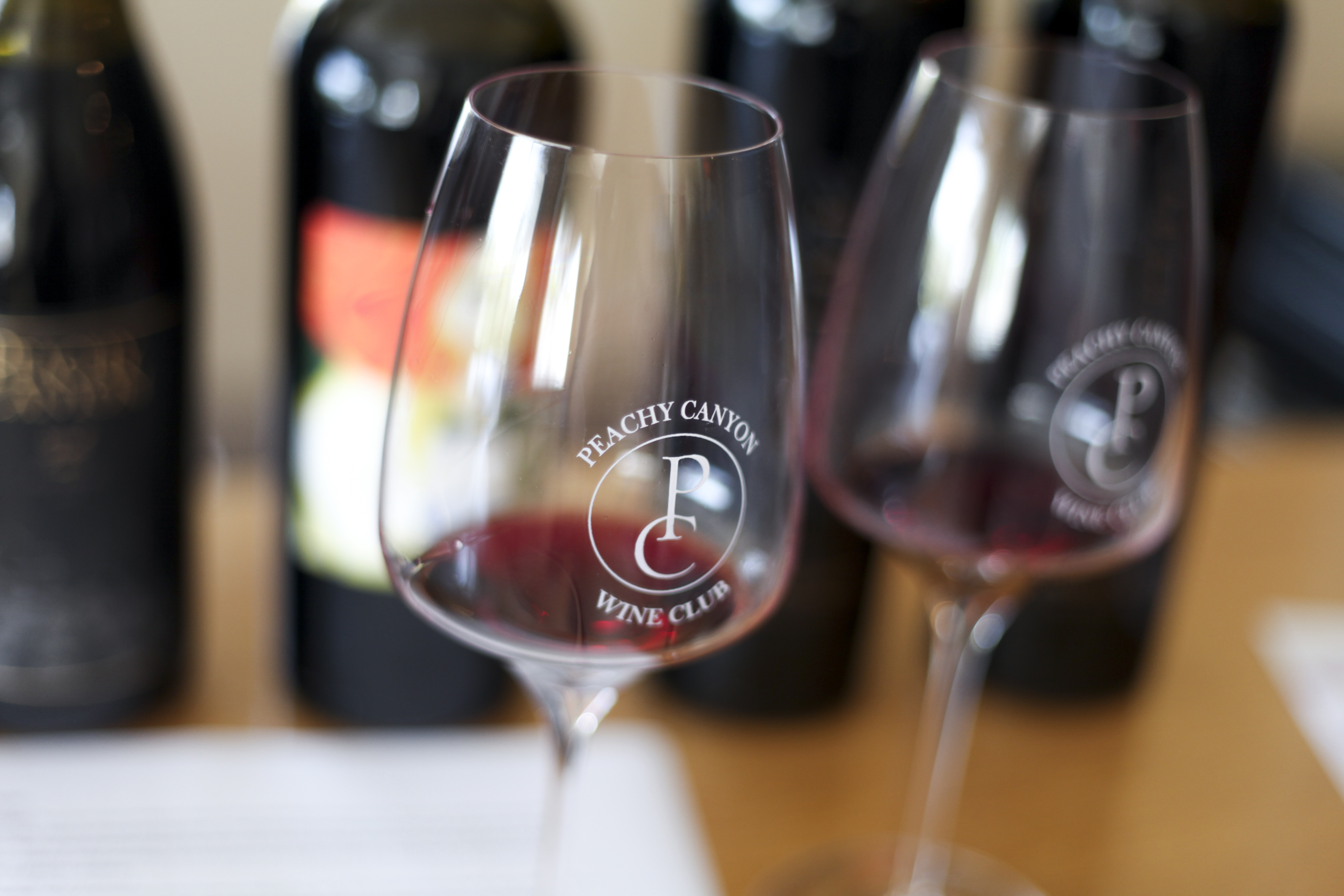Wine Glass 101
Face down, glass up
Let’s be honest, does it really matter what glassware your wine is served in?
Short answer: Yes, kind of.
Long answer: At the end of the day, a cup is a cup, and that old “Star Wars” mug in the back of your cupboard will technically deliver wine to your mouth just like any fancy glassware would. However, the proper glassware will make your wine drinking experience better.

The right wine glass is more than just a vessel for moving wine from the bottle to your lips. Because really, if wine glass didn’t matter at all, I’d recommend just taking swigs straight from the bottle — save an extra dish from landing in the sink, you know?
Wine glasses are shaped specifically to bring out the best in certain wines. Not that you have to use a special glass for every varietal your pour — although that’s pretty fun, too — but you should probably consider what your wine glass is doing before you use it to consume your favorite wine.
There are thousands of wineglass makers, and glasses run the gamut from trendy to classic to almost indestructible. Beyond that, there are hundreds of different shapes to consider.
In the Peachy Canyon tasting room — and a lot of tasting rooms throughout Paso Robles — the majority of glasses will be glass, as opposed to plastic or crystal, and in the basic Bordeaux style. This glass does an excellent job of multitasking. It plays nice with many different wines, from our favorite Zinfandels to our Viogniers.
The Bordeaux-style glass, sometimes referred to as a Cabernet glass, sports an oval-shaped bowl with a gently narrowing mouth and a rolled rim. The shape helps to concentrate a wine’s scents and directs the wine over the tongue to the back of the palette.
Additionally, the bowl’s height means you can swirl the wine without having to worry about it spilling over — unless your swirl is particularly aggressive.
Which brings up another question: If the Bordeaux-style glass works for so many wines, why are there still so many different types?
While a workhorse can pull a cart, jump a wall, and run a race, it’s not best suited for all of those jobs. The standard glass will get the job done, but other glasses will bring out the best in very particular wines.
The second most popular wine glass, for example, is the red Burgundy glass. These glasses are recognizable for their large, rounded bowl. Which gives a maximum space to build up a wine’s nose.
That shape also brings wine to the front of the mouth, specifically the tip of the tongue, where it has long been believed there is more sensitivity to sweet flavors. The Burgundy glass leads to a more aromatic experience, better suited to wines such as Pinot Noirs.
And white wines have their own list of glasses that suit them best.
Dry white wines require a glass with a relatively large bowl — holding between 14 and 24 ounces — so you can swirl the wine to lightly aerate it and release aromas. A Bordeaux glass will do a pretty decent job at this, but a tulip glass will do better.
Tulip glasses are shaped (as you could probably guess) like a tulip flower, with a slightly flared lip. The bowl is a large enough to swirl easily, and the shape concentrates delicate bouquets that are often found in white wine. And they’re usually smaller in size to help retain the cold in a chilled white wine.
